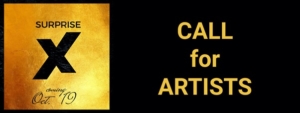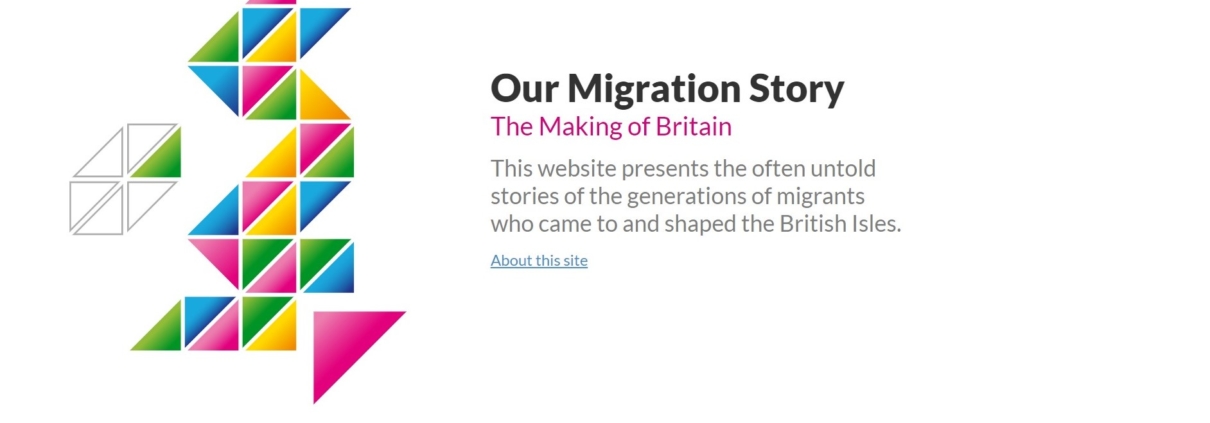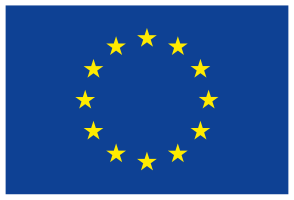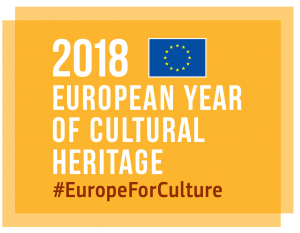What is the Academy of the Art of the Gesture?
The Academy of the Art of the Gesture is part of the “National Centre of Dance Production of Virgilio Sieni”. Based in Florence, the Centre is one of the four Italian hubs of dance production.
Created in 2007 by the professional dancer Virgilio Sieni, the Academy aims at establishing participative and inclusive programmes, combining professional dancers and amateurs of all ages and conditions, from children to the elderly to the visually-impaired.
The Academy regularly organises urban dance projects through the direct involvement of citizens. These consist of a series of training and participatory workshops that give life to a public dance performance. In these projects, citizens are the real protagonists as they are the agents that contribute the most to the whole process: from the engagement of people to the performance itself. Guided by artists and academics from different disciplines, participants are invited to explore and experience the body languages with the aim of producing a collective choreography that arises from the interaction between them.
The resulting performances are played in unconventional places such as urban streets, undervalued museums, abandoned buildings and peripheral areas (in Italy or the rest of Europe).
The dance becomes a means for cohesion and active participation as well as an element of cultural and social empowerment for the people involved. Besides, the location for the performances can represent a strategy to let people (re)discover places and custom such as urban venues (e.g. the “Ballo 1945. Grande adagio popolare” project that took place at the big factory Fiat Mirafiori in Turin), abandoned social traditions (e.g. “Cammino popolare”, a series of y site-specific performances carried out along streets or squares of a city for their historical, cultural or social value) or local culture (e.g. the series of “Cenacoli Fiorentini” that take place in venues hosting representations of the Last Supper).
By creating a space where different generations can safely dialogue together, these projects allow participants to gain confidence in their body and in their ability to convey emotions.
Moreover, they can also experience the opportunity connect with arts and approach dancing for the first time. In doing so, they potentially become new audience at other dance performances.
“The most difficult aspect is to create an active community that feels to be part of a project” – Daniela Giuliano (the Centre’s director) says. “For this reason – she explains – it’s necessary to work at the territorial level, engaging local administrations as well as local cultural associations that allow Virgilio Sieni staff to enter in direct contact with local communities”.
Recently, the Academy has taken the habit to film the whole process of the projects, from the initial involvement of the territorial actors to the final performance. In this way – Daniela explains – “we are able to better describe our procedure and work methodology at new potential participants”. Documenting and filming the projects also allow Virgilio Sieni Centre staff to more effectively clarify the kind of involvement required from participants as well as the expected impact and the benefits for people and places. In a way, the most important part of each projects reside in the process leading to the performance rather than the performance itself.
What can CultureLabs learn from the projects of the Academy of the Art of the Gesture?
The methods for engaging the citizens in the arts represents an interesting source of inspiration. These projects can show many examples on how to produce benefits such as the revaluation of abandoned places and traditions through the unconventional display of dance performances.
Another relevant aspect to CultureLabs is the way in which the Academy aims to create a safe space where all people are legitimated to belong and participate, regardless of their age and dancing skills. The strive for inclusiveness is in line with the concept of “democracy of the body”, on which the Academy’s projects are based, and according to which everybody has the same right to exist and participate in the artistic space. This is an important metaphor of the participatory and co-design work: every difference (physical, cultural, social, economical and whatnot) brings richness to a project and contributes to its success.
In a participatory context there aren’t unimportant people! On the contrary, all participants give an important contribution and benefit from sharing the experience with others.
The Academy’s projects are also possible thanks to effective strategies to engage with stakeholders.
Before starting a local project, the Virgilio Sieni Centre staff establishes close relations with associations, public administrations and citizens to better understand a territory as well as the interests and needs of its inhabitants. The Academy performances are not designed for, but with the communities that participate.
Do you know other participatory project? A project that can help CultureLabs progress?
Tell us your story and experience. We welcome all your feedback, ideas and involvement in any aspect of our project.
You can contact us at info@culture-labs.eu!
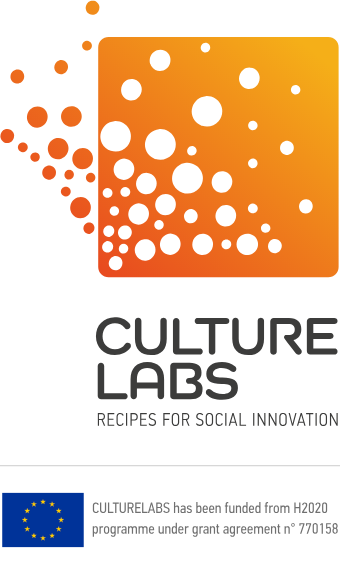

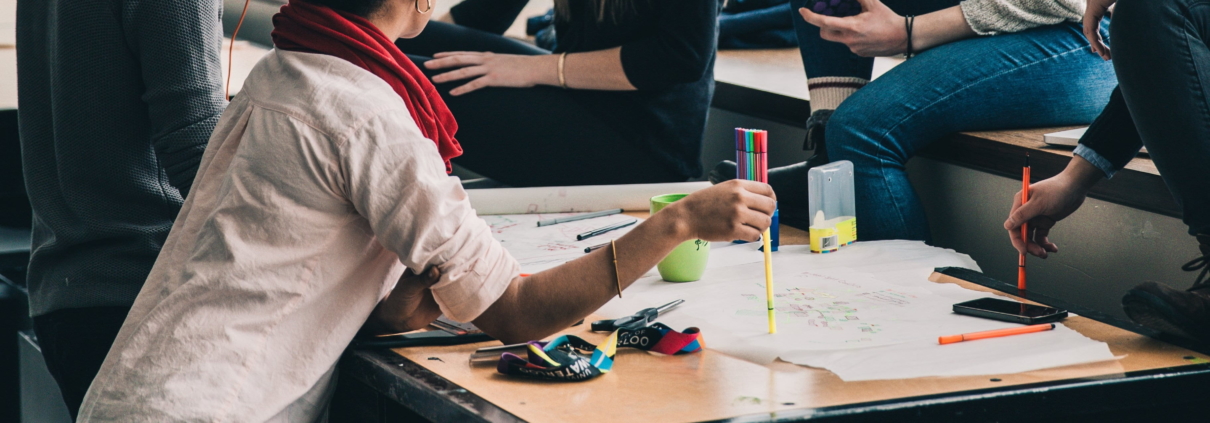
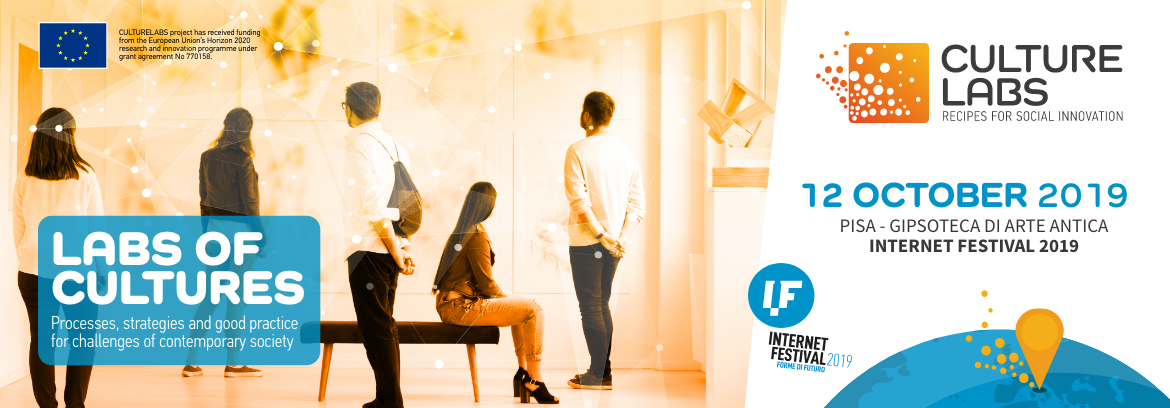

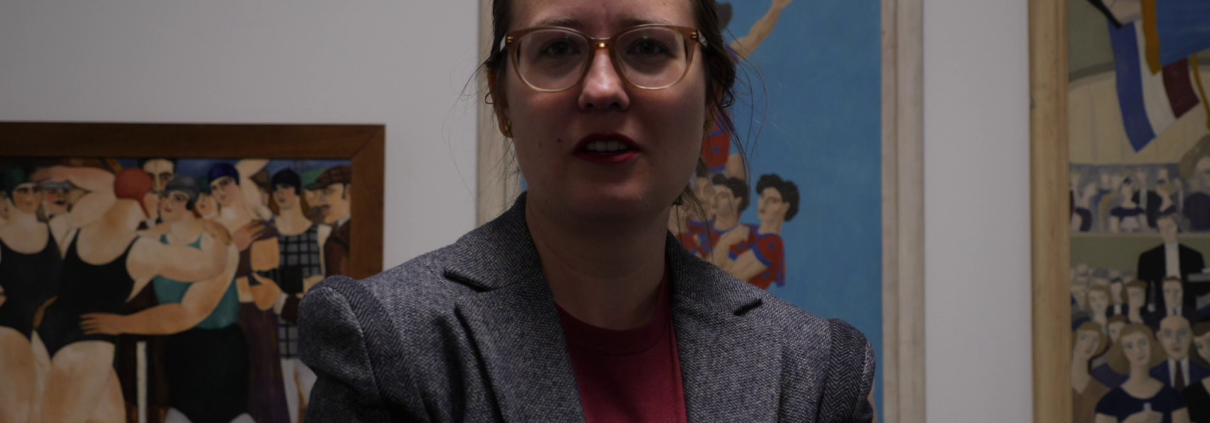

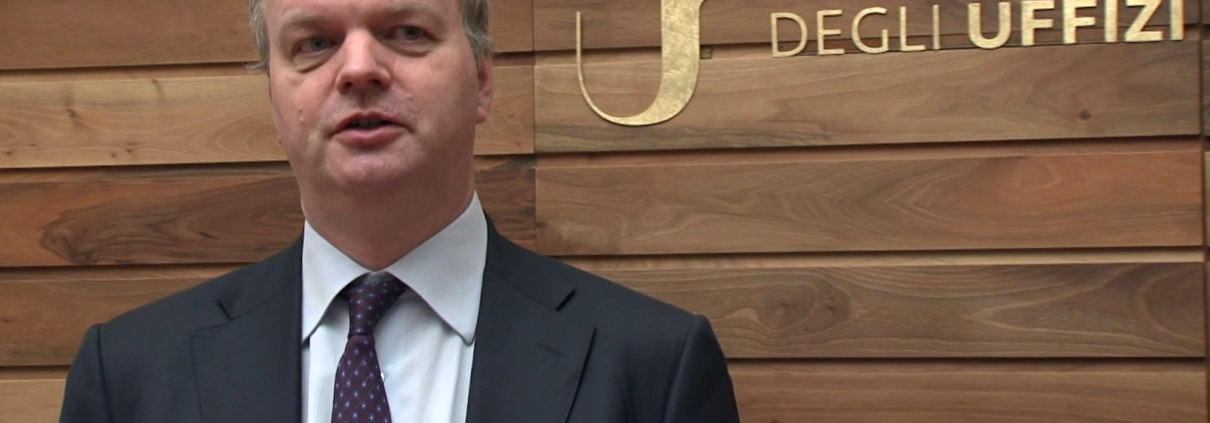
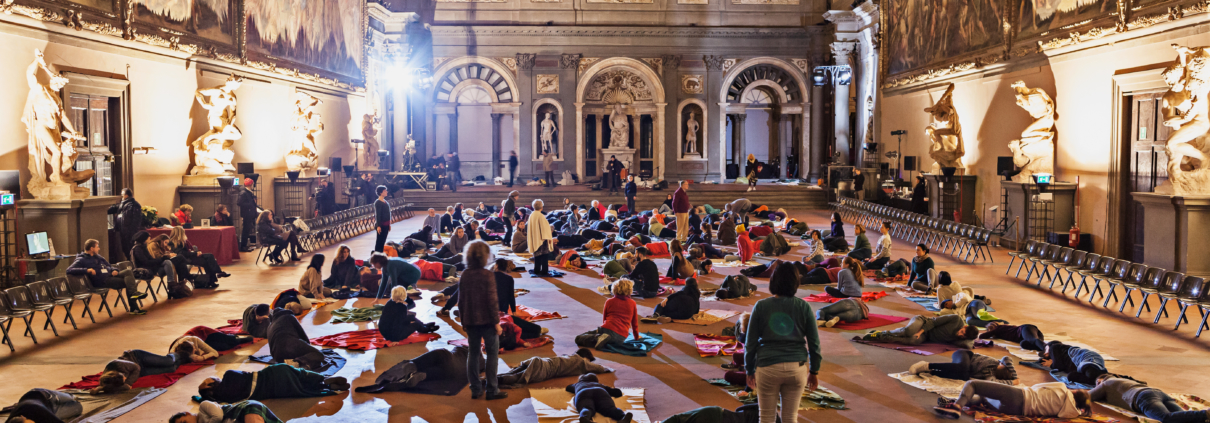 Ela Bialkowska
Ela Bialkowska
